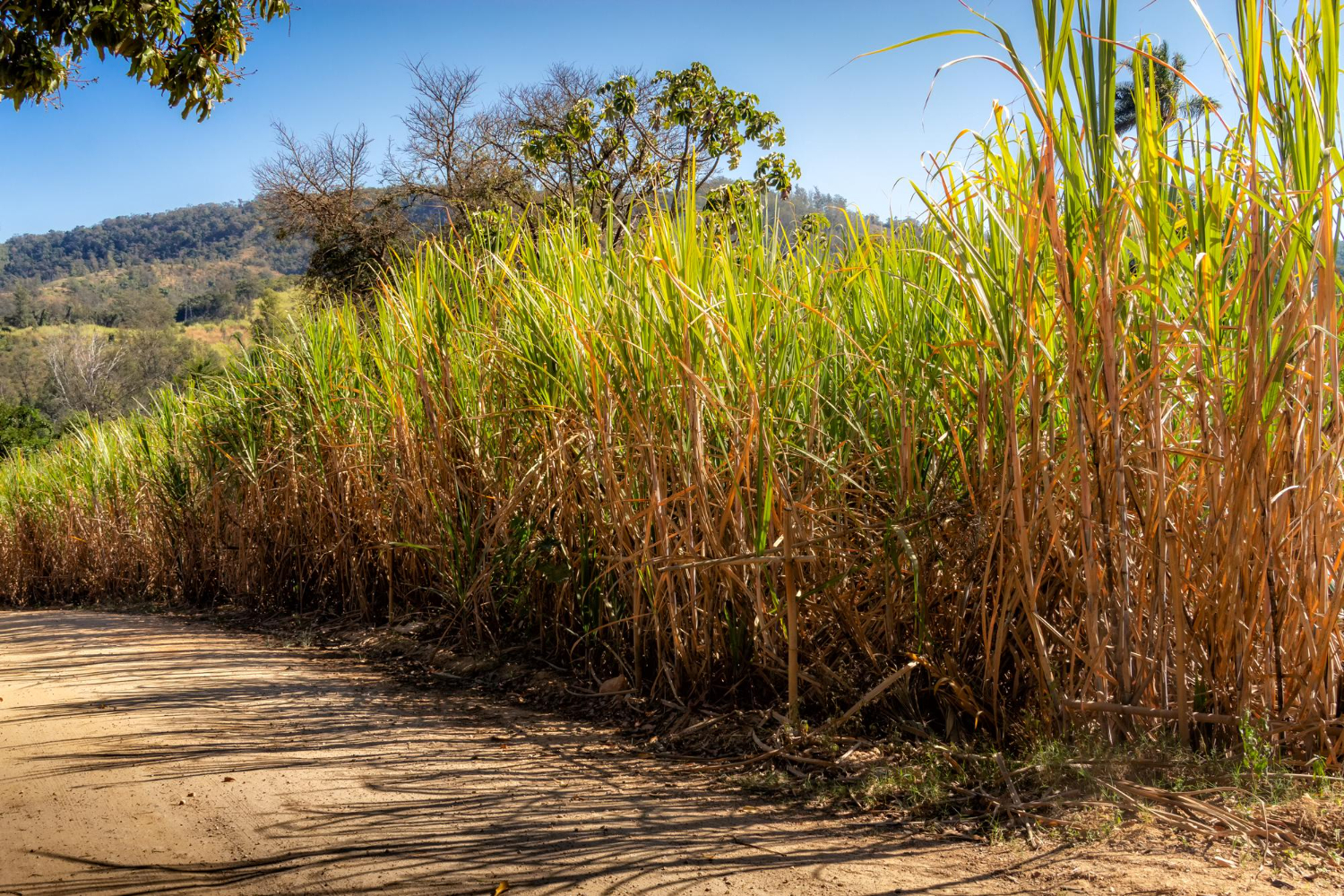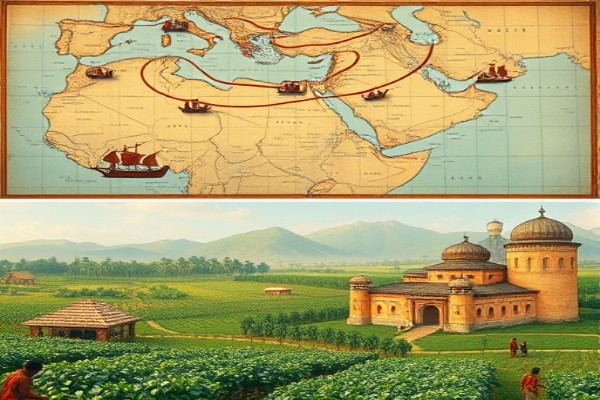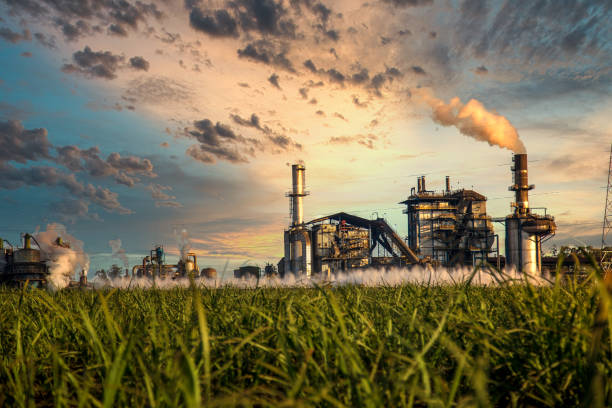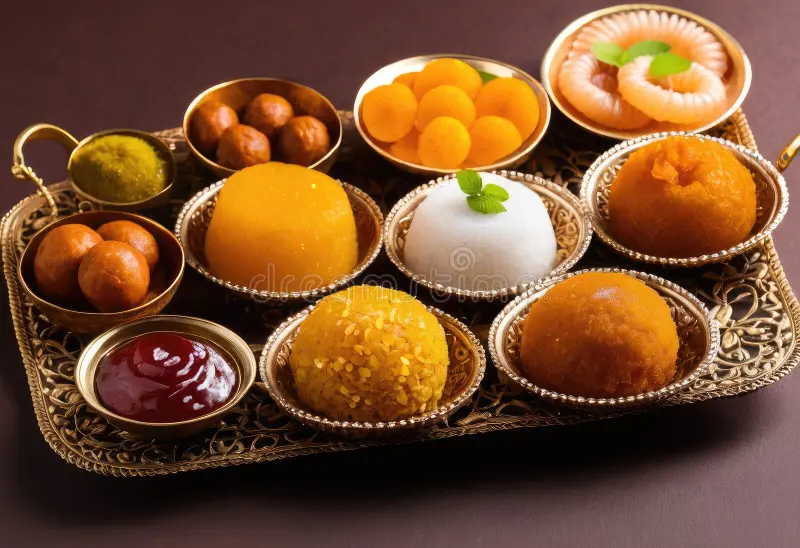History of Sugar
From Sugarcane to Sweetness: Tracing the Journey of Sugar Through Time.
Where It All Began
The story of sugar begins over 3,000 years ago in ancient India, where the cultivation of sugarcane first took root. The Sanskrit word “Sharkara” describes the crystalline form of sugar, which was widely used in traditional medicine and rituals. Early Indians mastered the art of extracting and crystallizing sugar, setting the stage for its journey across the world.
This sweet discovery quickly spread to neighboring Persia and China, becoming a sought-after luxury. Sugar was not just a sweetener but a symbol of prosperity and innovation, with its production methods passed down through generations.
The Global Sweet Revolution
During the medieval period, sugar made its way from Persia to Europe, carried by traders and travelers. It was introduced to Europe during the Crusades and soon became a prized commodity, accessible only to the wealthy elite. By the 16th century, sugar plantations emerged in the Americas, fueled by colonial expansion and the transatlantic slave trade.
This era saw sugar transform from a luxury to an everyday staple. As global demand surged, it reshaped economies and societies, creating a far-reaching impact that still resonates in today’s world of global trade.
The Rise of Industrial Sweetness
The Industrial Revolution marked a turning point in the history of sugar production. Steam-powered machinery and the development of the centrifugal method revolutionized the process, making sugar more affordable and accessible than ever before. This innovation ushered in the era of mass production, where sugar became a staple for all classes.
With industrialization, sugar’s role expanded beyond sweetening food. It became essential in preserving goods, fueling industrial workers, and shaping the modern diet. These advancements laid the foundation for the diverse sugar products we enjoy today.
Sweetening Traditions Across Cultures
Sugar has played a significant role in shaping culinary traditions across the world. In India, sugar is essential for preparing festive sweets like laddoos, jalebis, and gulab jamun, symbolizing celebration and joy. In Europe, it inspired the creation of decadent desserts such as cakes, cookies, and pastries. In the Caribbean, sugar is integral to making rum and tropical treats, reflecting the region’s agricultural history.
Beyond the kitchen, sugar has been used in rituals and ceremonies, uniting people across cultures in shared experiences. Its ability to enhance flavor and bring people together has made it a beloved global ingredient.
The Sweet Journey: A Timeline of Sugar’s History
rom Ancient Beginnings to Modern Innovations: Tracing the Global Impact of Sugar Through the Ages
| Era | Key Event | Region/Impact |
|---|---|---|
| Ancient Era | Sugarcane cultivation begins; crystallization methods are developed. | India, Persia |
| Medieval Period | Sugar introduced to Europe during the Crusades. | Europe |
| Colonial Era | Establishment of sugar plantations; transatlantic trade expands. | Americas, Caribbean |
| Industrial Revolution | Steam-powered machinery revolutionizes sugar production. | Global |
| Modern Era | Sustainability and health-conscious trends emerge in sugar industry. | Global |






No Comments
Sorry, the comment form is closed at this time.